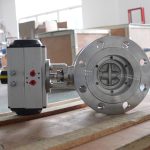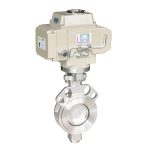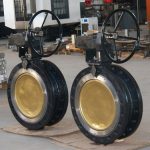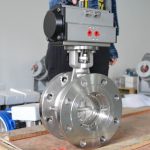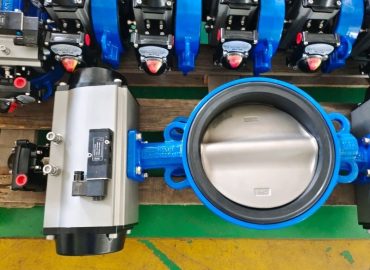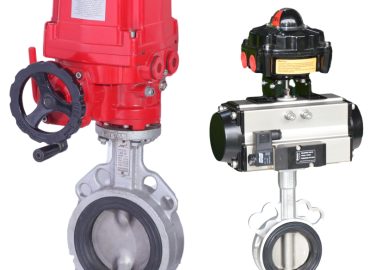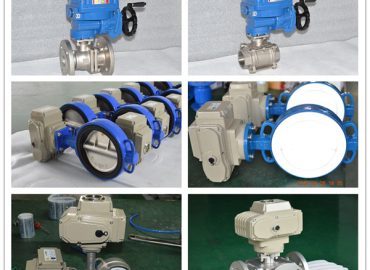Triple offset butterfly valve is a reliable and efficient way to control the flow of liquids and gases in many different types of applications. However, in order to ensure optimal performance, it is important to take certain steps during installation and maintenance. Below are five tips that can help you get the most out of your triple offset butterfly valve.
Introduce Triple Offset Butterfly Valves
Proper alignment, secure fittings and hardware, adherence to all local codes and regulations, regular monitoring of system performance, lubrication of moving parts and thorough safety testing; all these factors are important when it comes to optimizing the performance of a triple offset butterfly valve. It is essential to ensure that the piping system is properly aligned prior to installation in order to maximize the long-term efficiency of the valve. Additionally, it is important to select bolts and nuts that match the valve’s pressure and torque requirements in order to guarantee a secure fit.
Furthermore, before beginning installation of the valve, confirm any specific requirements with local codes or regulations. Once installation has been completed, it is important to pay attention to potential signs of wear or damage such as vibration or noise coming from the valve, which can indicate a potential fault. Regular inspections should also be carried out in order to ensure that all parts are in good condition and free from corrosion or any other forms of damage. Lastly, regular lubrication is essential for keeping seals healthy and preventing wear on moving parts, while safety tests must be performed regularly in order to make sure they are functioning properly.
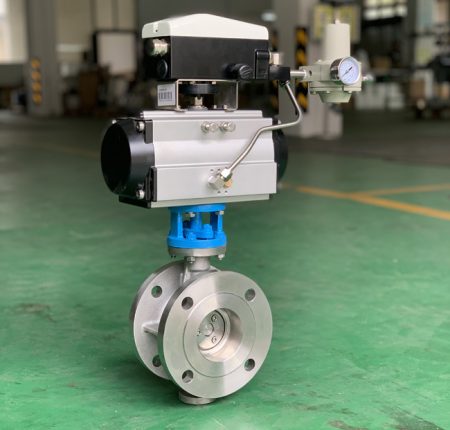
Ensure Proper Alignment Triple Offset Butterfly Valves
Proper alignment is essential when it comes to ensuring optimal performance of a butterfly valve. Prior to installation, the piping system must be aligned so that the components are parallel and in line with each other. This allows for an even distribution of pressure throughout the system, reducing the chances of leaks or other malfunctions. When aligning the pipe, care should be taken to ensure that there is no sloping or misalignment at any point along the length; otherwise this could lead to uneven flow across different sections of the pipeline.
Additionally, extra caution should be taken when handling long runs in order to prevent any displacement or misalignment from occurring during handling operations. If any issues do arise during installation, corrective measures must be taken immediately in order to avoid any further disruptions. With carefully planned alignment, butterfly valves can deliver reliable and efficient performance for many years to come.
Secure Fittings and Hardware Triple Offset Butterfly Valves
When selecting bolts and nuts for use with a butterfly valve, it is important to ensure that they can safely withstand the pressure and torque requirements of the particular valve. This is because if the bolts or nuts are not properly rated for the specific application, then they may be unable to hold the valve securely in place. Too low of a rating can cause leaks or other malfunctions due to inadequate fastening strength, while too high of a rating may result in excessive stress on either component that could lead to premature failure.
In addition, all connections should be properly sealed in order to prevent any leaks from occurring; this usually requires making use of thread sealant or mastic putty prior to installation. By exercising caution when it comes to selecting bolts and nuts that match the valve’s pressure and torque requirements, one can guarantee a secure fit which will ensure reliable performance for many years into the future.
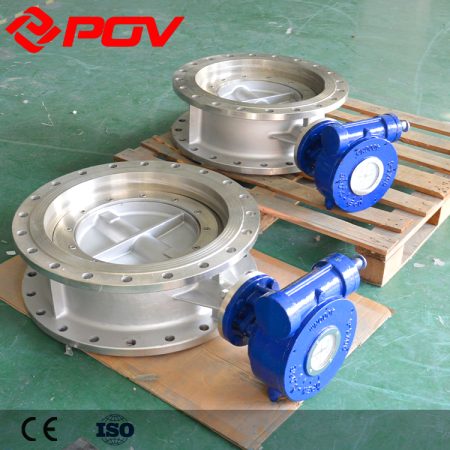
Confirm Local Codes and Regulations
Before beginning installation of a butterfly valve, it is important to confirm any specific requirements with local codes or regulations. This is because some regions may have strict requirements that must be met in order to ensure the safety and performance of the valve. For example, certain valves may require specialty fasteners such as locking pins or spring washers in order to meet building code requirements.
Other areas may also have restrictions on pipe sizes or valve body material that must be followed when installing the valve. By confirming these requirements before beginning installation, one can save time and money as well as maintain compliance with local regulations. Additionally, it can also help to ensure optimal performance and reliability from the butterfly valve for many years into the future.
Monitor System Performance Regularly
It is essential to pay attention to any potential signs of wear or damage when working with a lug butterfly valve. These can include vibrating or noisy components, which can indicate a potential fault. Additionally, regular inspections should be performed in order to check for corrosion, wearing of the parts, or any other types of damage that could cause the valve to malfunction. Such inspections should also involve ensuring that all necessary fasteners are properly secured and free from rust or other contaminants.
Furthermore, it is important to remember that valves may need maintenance in order to ensure that they remain safe and operational over time; this may involve checking seals, lubricants and gaskets as needed. By paying close attention to these details and regularly inspecting the valve for potential issues, one can guarantee reliable performance from the valve for years into the future.
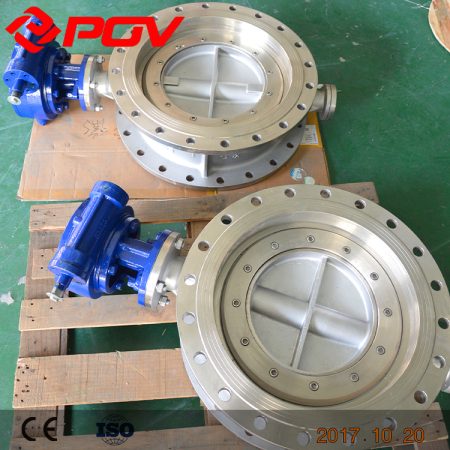
Lubricate Moving Parts
Regular lubrication is an essential part of maintaining a wafer butterfly valve. Lubricants help keep seals healthy and prevent the wearing of moving parts, while also helping to reduce friction which can cause the valve to stick or malfunction. Additionally, lubricants can help extend the working life of valves by protecting against environmental conditions such as extreme temperatures or pressure.
When it comes to selecting the right kinds of lubricants for particular valves, it is important to consider factors such as temperature and pressure range as well as any other compatibility requirements for a particular model or make. Furthermore, it may be best to use a lubricant that has been tested and certified for the specific type of valve in question. By following these steps and regularly lubricating moving parts, one can ensure reliable performance from their butterfly valves for many years into the future.
Perform Safety Tests
Ensuring that all safety systems associated with butterfly valves are functioning properly is essential. Regular testing of these systems should be performed in order to ensure their continued effectiveness over time. This can involve checking and verifying the operation of pressure relief devices, limit switches, and alarm systems; as well as ensuring that the valve stem movement is free of obstruction or binding. Furthermore, it is important to check for any potential damage to valves or parts that could result in reduced operation or increased risk of failure. By regularly testing safety systems, one can guarantee reliable operation from their valves over a long period of time and prevent potential hazards that could arise from improper maintenance.
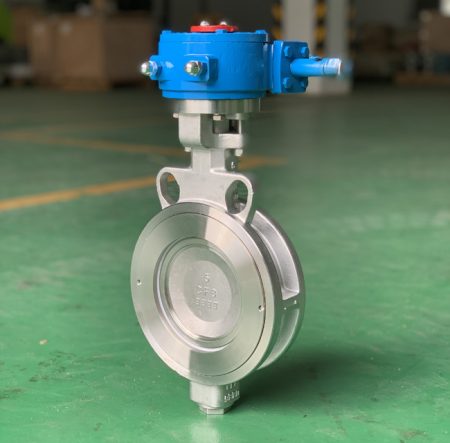
Conclusion
In conclusion, there are many ways to optimize the performance of a triple offset butterfly valve. By following these five tips – properly torquing and seating the disc, adjusting the stem stop nuts, inspecting the body cavity for any obstructions, selecting an appropriate temperature-resistant lubricant, and regularly testing safety systems – you can ensure that your valves will remain in top working order for many years to come. With proper care and maintenance, triple offset butterfly valves can provide dependable service without needing frequent repairs or costly replacements.


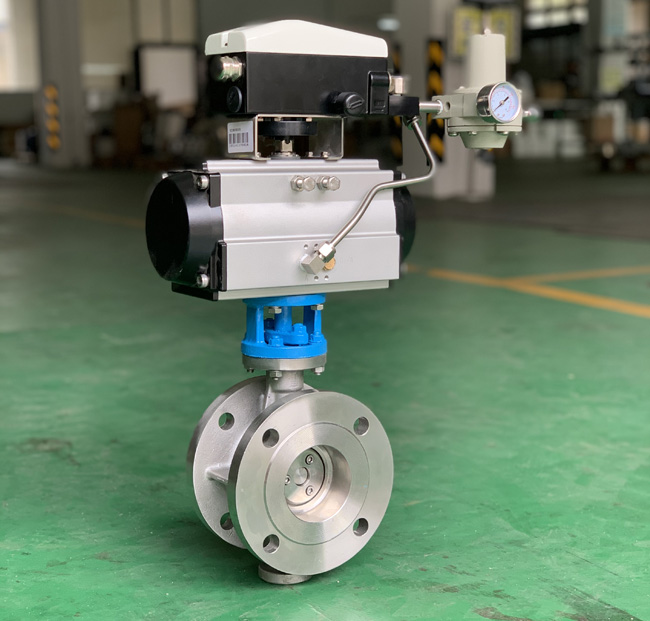
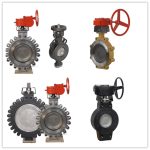
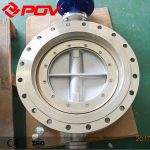
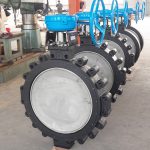
-150x150.jpg)
